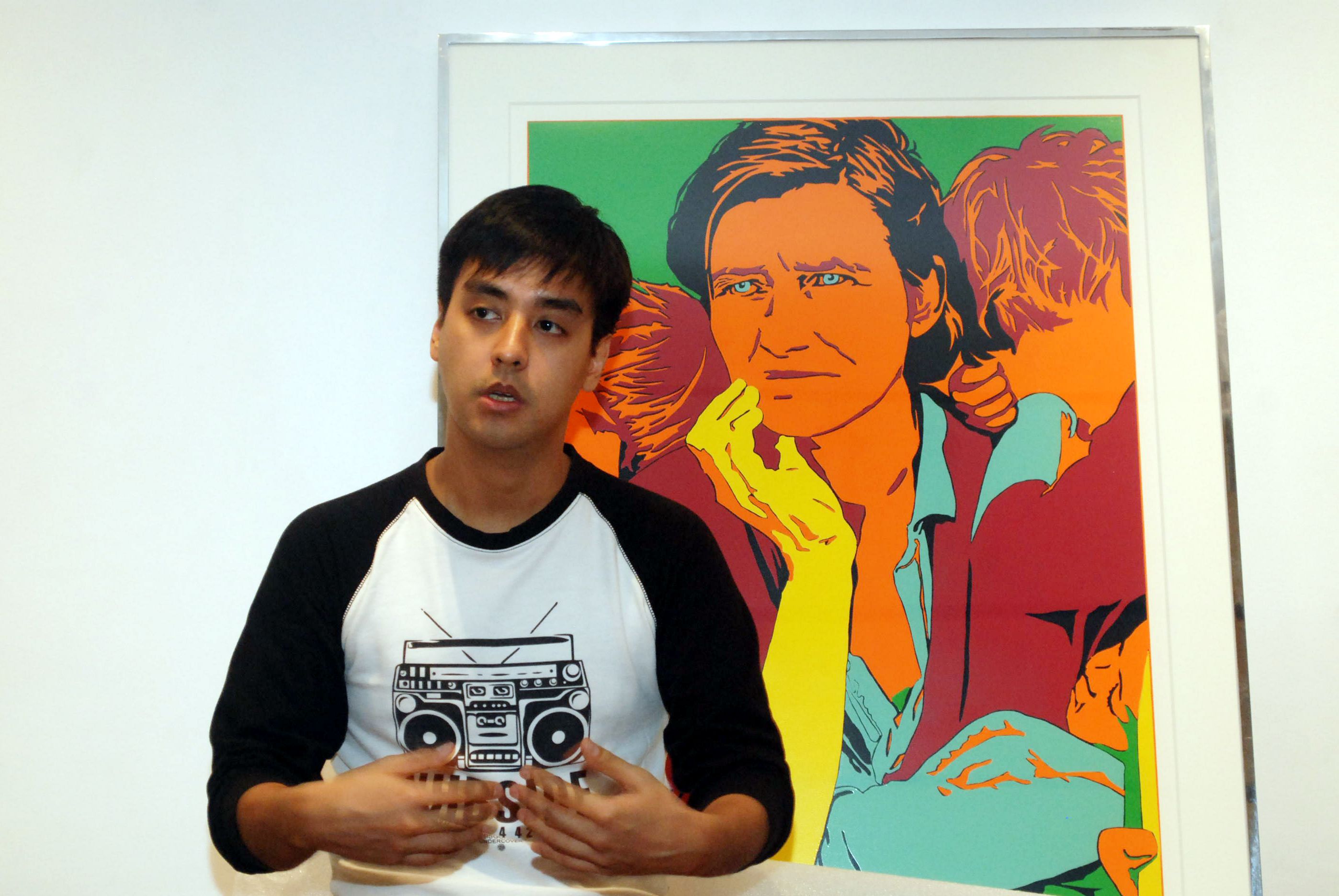WE are everywhere and our numbers are growing. A full two-thirds of the Filipino population live in slums or sub-standard settings.
“Today, the megalopolis of Greater Manila, with its 12 million souls, is increasingly defined by a reality of social segregation, economic inequity and political inutility. All of these held precariously together by a crumbling physical framework and the disappearance of a sense of community.”
So speaks the extraordinary and gorgeous book “Lungsod Iskwater: The Evolution of Informality as a Dominant Pattern in Philippine Cities,” published by Anvil Publishing and the Luis A. Yulo Foundation for Sustainable Development. Architects and urban experts Paulo Alcazaren, Luis Ferrer and Benvenuto Icamina provide the words while accomplished lensman Neal Oshima gives us the visuals. What the group is trying to do here is impressive: dissect the country’s squatter colonies, divine how they came to be and where they came from, and augur where the entire ramshackle arrangement is heading.
“This book, ‘Lungsod Iskwater,’ began as an analytical exercise. Its principal focus was the most sustainable urban form in history—the informal settlement. Despite its enduring presence over time and across cultures, the urban and architectural elements of the Iskwater settlement are among the least studied, let alone understood,” reads the foreword by Toni Yulo Loyzaga. “Thus, this effort attempts to provide an in-depth analysis of the relationship between built form and open space within selected informal settlements in Metropolitan Manila, and correlates specific cultural, socio-economic, political, and environmental factors. We build on the premise that informal settlements are organic combinations of interrelated and interdependent factors which may be decoded only when understood within certain cultural and historical contexts.”
“Lungsod Iskwater” provides that context and much more. The authors exhaustively trace the history of informal settlements in all their variant forms from their beginnings prior to the Spanish era and bring us up to the current situation. They approach the city as if it were a living, breathing entity and the informal settlements are like remoras on a shark, attached to the living organism and drawing its lifeblood from it.
They speak of how rural migrants believed a better life awaited them in the city regardless of what they left behind, following the settlements’ march across generations. The urban sprawl transforms everything in its path, riverbank or train tracks, empty spaces or otherwise. The line between the public and the private is blurred. The informal settlements are home to both smile and shanty, effectively heaven and hell, both in Manila and elsewhere.
In explaining this urban metamorphosis, “Lungsod Iskwater” divides the squatter colonies into five categories: “tabing-ilog (by the river), tabing-dagat (by the sea), barangay basura (by the dump), along the riles (by the train tracks), and gillage (around exclusive villages).” There are maps, tables, timelines, charts and whatever graphic you might need to complement the text, which is both authoritative and insightful. This is literally everything you need and want to know about the informal settlements and the hardy people who live in them.
The book’s oversized design fully supports Oshima’s photographs, which are just stunning. One would imagine that image after image of shanties would get boring, but Oshima’s photographs successful relay the individual characteristics of each dwelling, regardless of location, and each dweller, regardless of circumstance. Every window is unshuttered, every door is opened, every face is unobscured. There are small vignettes and magnificent two-page splashes.
Zooming out, one finds that the settlements look almost like those Magic Eye puzzles. One detects a startling stillness in the shanties standing unpopulated against each other by the hundreds. Zooming in, one sees a cluttered beauty in the detritus and denizens of each packed, uneven section of life. We see the settlements against every possible backdrop—sea, surf and sky.
“Today, more Filipinos live in cities and towns than in rural settings,” the book explains. “Population growth has overwhelmed social and physical capacities. This has led to unmanaged urban sprawl, improvised infrastructure, deteriorating environmental conditions, ineffective governance, and a diminishing quality of life. Yet Filipino city dwellers survive—but barely. These images of a dysfunctional Manila mirror other cities in the Philippines. A culture of urban adaptation has mutated the daily life and aspirations of millions of Filipinos into a desperate yearning for escape.” The people who came to the cities generations ago may now be seeking to go elsewhere, maybe even anywhere.
“Lungsod Iskwater” is also raising the alarm regarding just how much Metro Manila, for example, can go on supporting informal settlements. It’s a delicate balance that may have turned dangerous. All along the way, there is a strong contrast between the impoverished informal settlements and the more affluent or well-developed city centers.
Perhaps the book’s most impressive achievement is its ability to give the readers an accurate, compelling portrait of life as an informal dweller – buhay iskwater. In that sense, the book tells an important part of the Filipino story, the complete, untold tale of the squatters, told one shanty or one population at a time.
Part scholarly work and part photography exhibit, “Lungsod Iskwater” lays bare before us the aesthetic and the rationale behind informal living, the past, present and future of our cramped population centers. In this publishing endeavor they have produced the definitive volume about the squatter as Filipino, as well as stark witness to the continuously changing local landscape.
“The book documents the way we have built dwellings and default communities that has turned Philippine urban centers like Metro Manila into huge informal settlements,” the authors of “Lungsod Iskwater” remind us in their introduction. “This informality, though now the norm, strains our cities’ physical and social carrying capacities, and is ultimately unsustainable. Understanding how we got here may not lead to utopia but might nevertheless point us in the right direction.” •
“Lungsod Iskwater: The Evolution of Informality as a Dominant Pattern in Philippine Cities” is available in leading book stores.












































